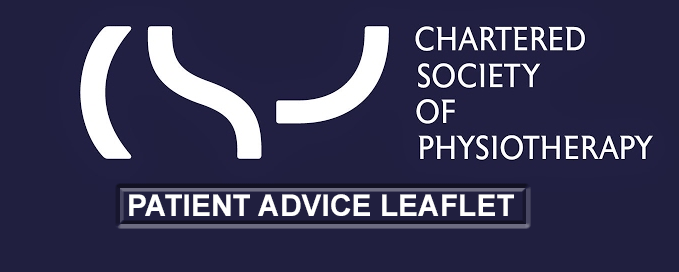
Hip
Hip Imaging Pathway

For the diagnosis of hip pain clinical history and examination is very important for guiding investigation, diagnosis and appropriate referral.
It is important to identify where the patient identifies their ‘hip’ pain to be.
-
Intraarticular hip pathology is most often felt as groin pain.
-
Pain down the outside or lateral aspect of the hip is most often related to the extra-articular structures here - trochanteric bursa, abductor muscles and tendons (Greater trochanteric pain syndrome).
-
Buttock pain or pain over the sacroiliac joint is often pain referred from the lumbar spine.
Hip arthritis is the most likely clinical diagnosis in a patient over 55 with
-
Groin pain
-
Activity related pain
-
Functional impairment such as difficulty walking, dressing, climbing stairs, driving, etc.
The first line investigation for osteoarthritis of the hip is X-ray. MRI is not indicated when osteoarthritis is found on x-ray.
MRI scans can be useful when the diagnosis is unclear or when there is some concern, especially in younger patients, for soft tissue pathology around the hip. However x-ray is still the first line investigation in these patients.
MRI may give false positive and false negative results. For example asymptomatic labral tears are present in over half of the general population and around 90% of sportsmen and women. These findings increase with age and therefore MRI is inappropriate in those over 60 years.
Ultrasound can be useful in assessing the soft tissues of the lateral hip but x-ray is the first line imaging investigation for lateral hip pain to exclude intra-articular pathology.
Primary care imaging should not be obtained for acute severe injury or possible septic arthritis and should prompt urgent secondary care assessment.


